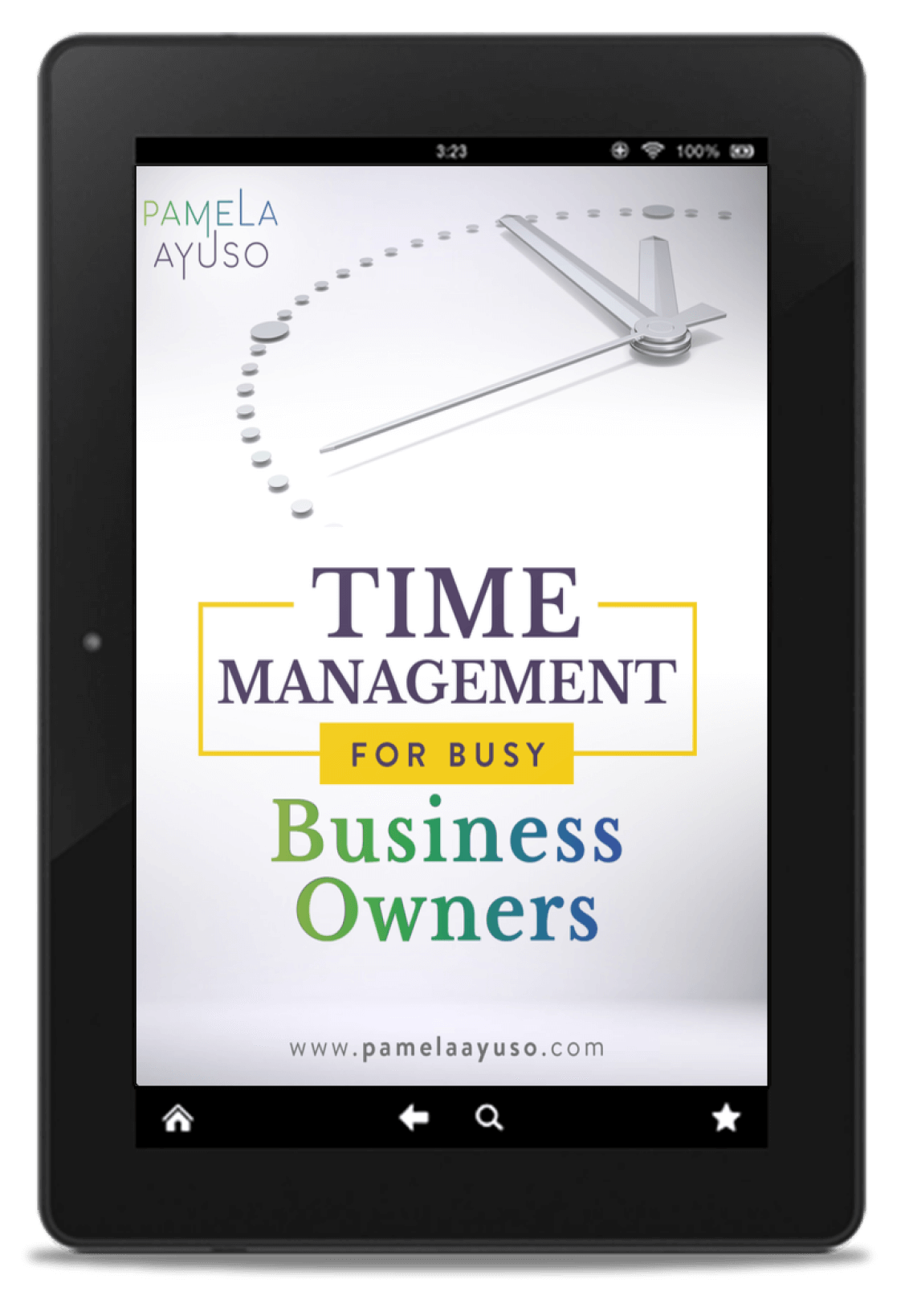We tend to talk about our goals and what we create frequently. But what about the times when we make mistakes? If we are growing as business leaders, I guarantee we will be making mistakes. If we knew everything about what we are doing and could do it perfectly, we would not grow. Unfortunately, for those of us who have been perfectionists in the past (and sometimes continue to be so despite our best intentions), if we want to continue to grow, we will need to develop a thick skin and learn how to deal with challenges.
In our best effort to launch a new project, we might hire the wrong person, set up a team in a way that does not work, or even design a project that fails and loses money. Errors and inefficiencies are part of growth, especially if you break ground in something that has not existed before.

Solve the Problem
As soon as you realize there has been a mistake, clean up whatever you can. The best place to start is always reestablishing any relationships that might have been damaged. If you must apologize, do so. By admitting you were wrong, you can remedy and solidify those relationships. I took a course on Positive Intelligence by Shirzad Chamine, author of the book by the same title, where he said that if you are in disagreement with someone, they are at least 10% right. I find that no matter the circumstances, that little mantra helps smooth out conflicts.
Solve the immediate challenge and try to minimize the losses. For example, if you find out you hired the wrong person and need to make a change, I advise you to take action as soon as possible. If, as another example, your company did not fulfill a client’s expectations, solve the customer’s issue as soon as you can and make amends so that the company’s standing will not be altered.
Learn from It
What went wrong? Sometimes we clean up the superficial problem. In the unhappy customer’s case, we might assuage the conflict with a gift and leave it at that. But we will find gold in the mistake if we dive into the root of the problem. The “Five Whys” technique is a good concept that we can use to get to the problem’s fundamental cause. To find out why something happened in the first place, ask why it happened. Continue to ask why each event occurred until, eventually, you identify the root cause.
Then find a way to prevent that problem from happening again. With time, you will be able to solve some of the most entrenched challenges in your organization. If you work out problems to prevent them from ever occurring again, you will spend significantly less time putting out fires and more time thinking strategically about your company.

Dealing with Issues into the Future
The more you grow and explore, the more likely things will not work out as you planned them. It will be important to internalize that errors are opportunities to learn and become skilled at problem-solving at a personal level. If you address this at an organizational level, I recommend creating a culture that is open to missteps and addressing them. The more people see mistakes as normal, the less they will hide them.
It is human nature not to admit failure, but the errors are there just the same. The quicker they are brought out into the open and tackled, the better. In this culture, it will make all the difference if people can see mistakes as part of innovation and embrace them to continue to learn.
It is fine and well to write about this at a conceptual level, but the experience is never easy. We get triggered and might get upset when we are confronted with a failure. But I can also tell you that it gets easier with time. Dealing with growth requires a mindset change to embrace all growth opportunities, both those that hurt and those that do not. The more we practice, as with anything, to go through the cycle of solving a problem and learning from it, the better we will get, and the more our organizations will grow.



